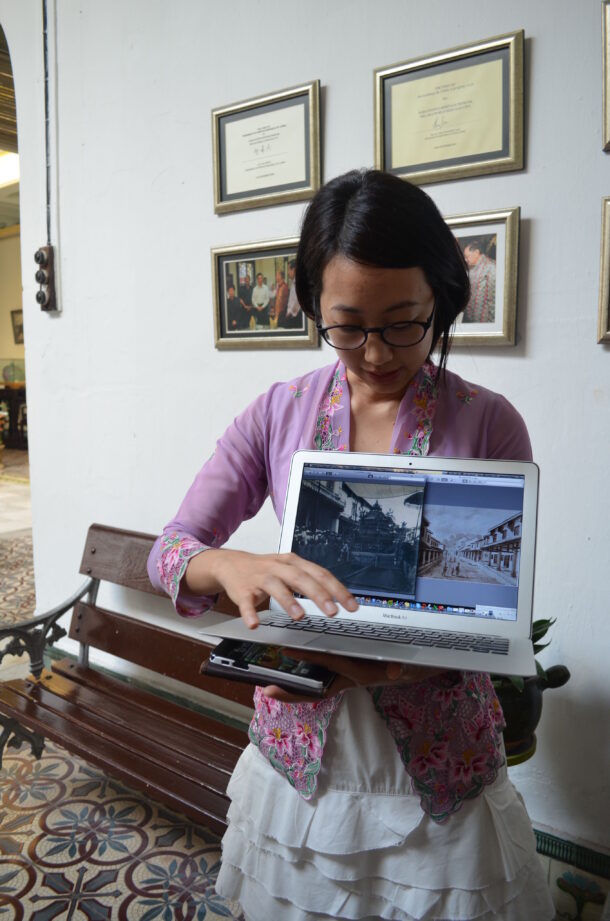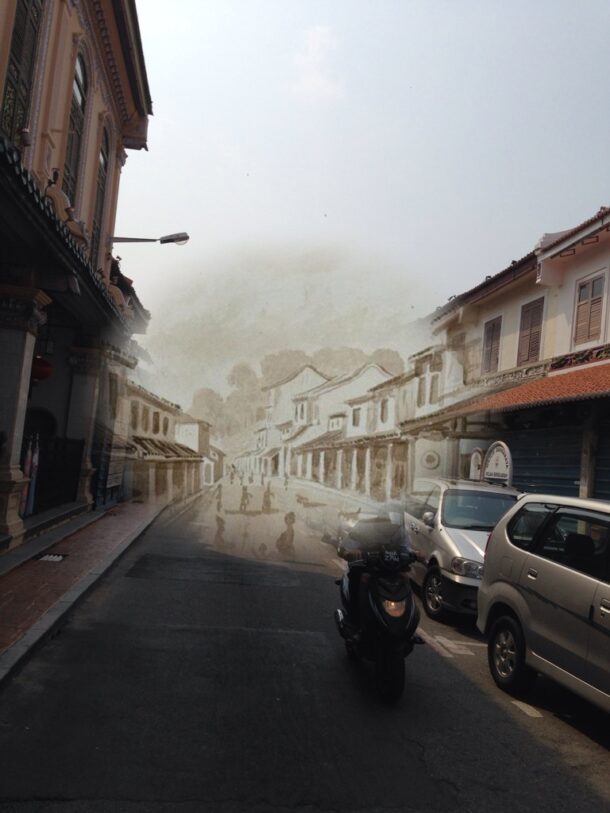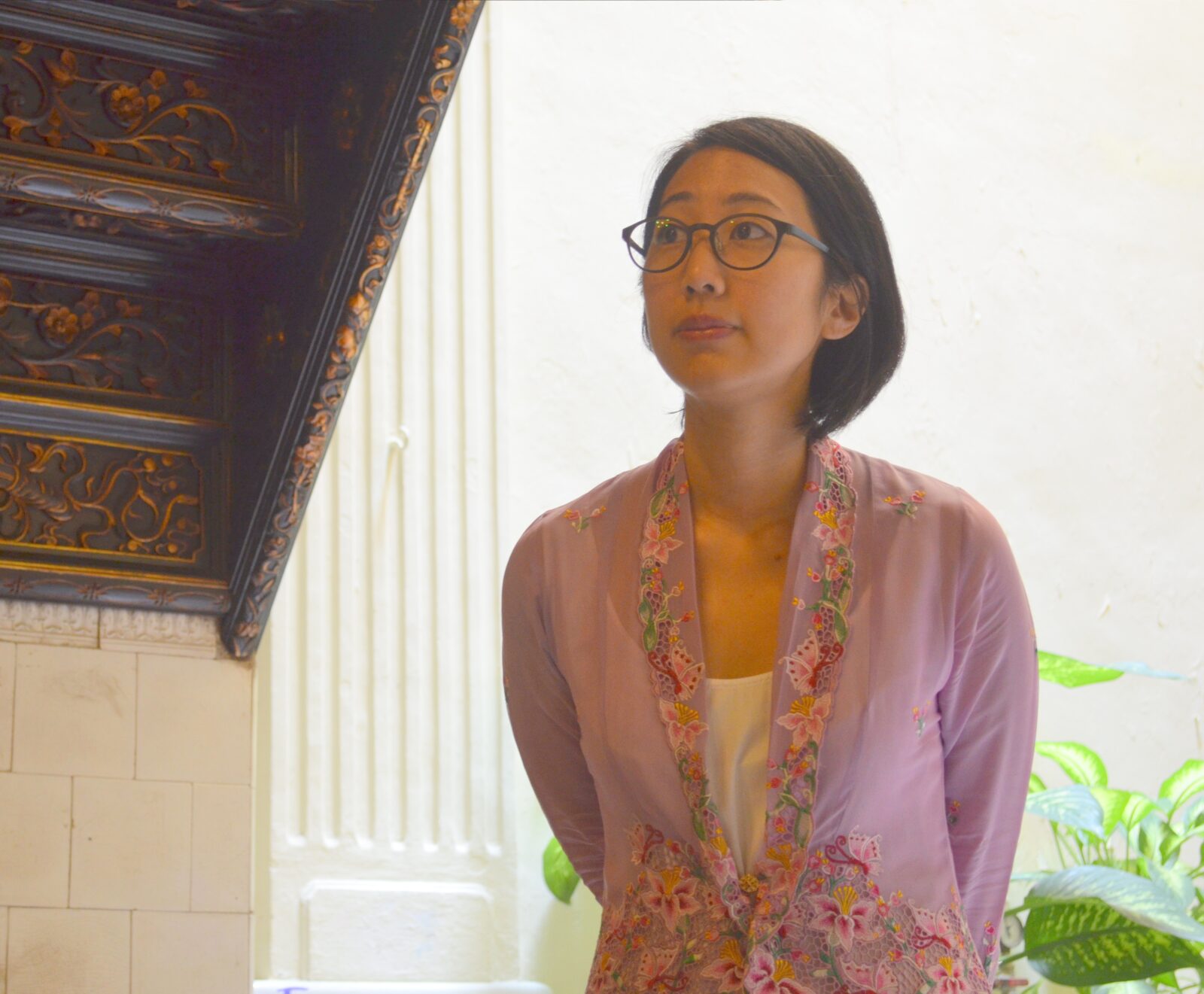TO know where you are going, you must first know where you came from,” said Baba & Nyonya Heritage Museum curator Melissa Chan, 34, quoting Dennis De Witt, author of History of the Dutch in Malaysia.
And that was part of the reason why Melissa, a fifth-generation Peranakan Chinese, decided to quit her job in an advertising firm two years ago to lend her creative talents to the popular museum, which belongs to her family.
She admits she knew very little about Peranakan culture back then, but she challenged herself to learn everything she could about where she and her family came from, and she’s now helping to drive the museum forward with some bold new ideas.
“I took over the family business to honour my father and my uncle, who started the museum. A lot of the older generation were very supportive and told me stories of how things used to be and what their culture was like,” said Melissa.
The museum is located on Jalan Tun Tan Cheng Lock, formerly known as Heeren Street or Millionaires’ Row, due its rich inhabitants. It used to be the Chan family’s home, bought by Melissa’s great-great-grandfather Chan Tiang Lock in 1861.

It was a grand and opulent property, made up of three houses on the coveted postcode.
But it was only in 1985 that Melissa’s uncle, Chan Kim Lay, decided to turn the property into a museum, to help maintain and promote Peranakan culture alongside his younger brothers – Kim Tee, Kim Sinn and Kim Cheng, Melissa’s father.
The brothers put the family’s array of exquisite furniture and traditional costumes on display, to give locals and foreign tourists alike a glimpse into the lavish lifestyle of one of the wealthiest Peranakan families in the past.
The house had been used as a rumah abu – an ancestral home to honour the family’s ancestors – and an office since the 1950s. Heeren Street had become very busy, particularly during weekends, making it not very ideal to be used as a home. The brothers’ father, Chan Seng Kee, built another house away from town so he could avoid being in Heeren Street during the weekends.
When Kim Lay passed away in 2012, Melissa took up the challenge of helping to run and manage the museum, despite being based in Kuala Lumpur. She now travels between KL and Malacca every week.
The museum, however, isn’t just about the opulence of the old Peranakan lifestyle. It is just as much about their rich, unique culture and heritage.
“Peranakan culture is like a rojak of different ethnic influences. For instance, the dressing style, language and musical taste are more Malay influenced. The craftsmanship of the furniture, the honouring of ancestors by keeping their tablets and wedding and funeral rituals were from their Chinese roots. And the Indian influence can be found in the spices used in their food and the chewing of sirih (betel nut),” said Melissa.
But even though most of her work involves her looking into the past, Melissa is already keeping one eye on the future.
She is part of a project to get the public – particularly the youth – to use the Timera smartphone app in Malacca. The app allows users to take a new photo of a historic location, and seamlessly blend it with an old photo of the same scene.

Melissa hopes to collect such photos from historic locations around Malacca and turn them into an exhibition in December. Visitors to Malacca can submit their photos by posting them to Facebook or Instagram with the hashtag #NewOldMalacca.
“This is to get the community to start realising that Malacca has changed so much and is losing its identity. There is so much development that we’re losing layers of history,” said Melissa.
“For example, Dataran Pahlawan was where independence was first declared, but now there’s a huge mall there. I feel it has lost its meaning and significance.
“Malaysia is so rich with culture, tradition and history. We have so many interesting stories here in Malaysia, which makes us unique and different. If we lose that, what will we have to offer that is truly Malaysian?”



Leave a reply